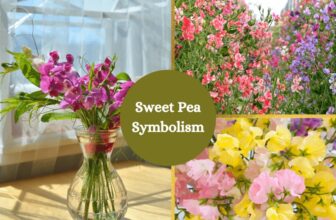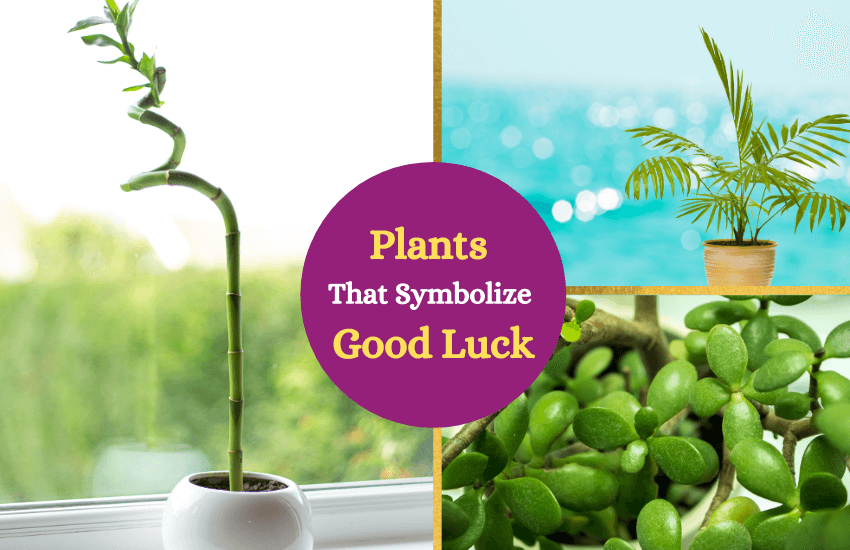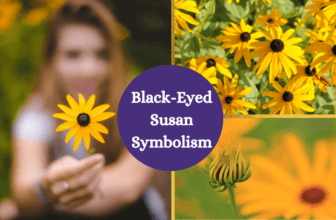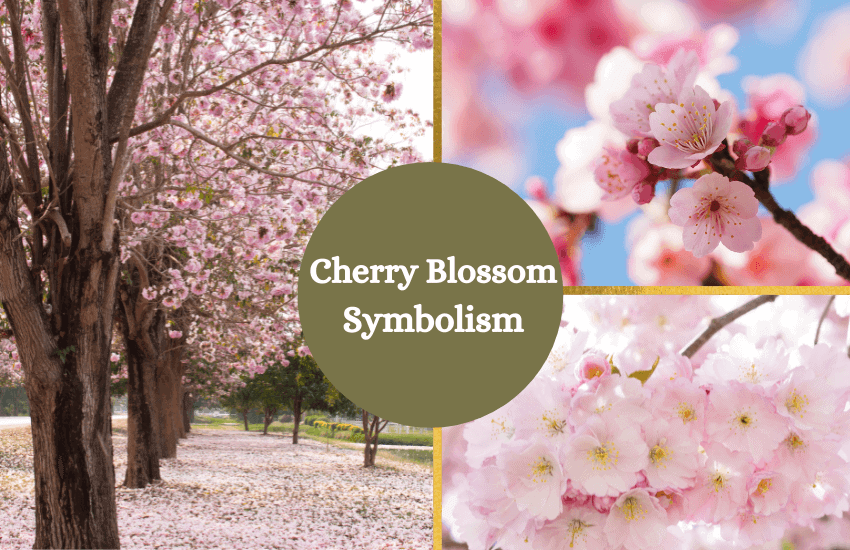
Table of Contents
When browsing through pictures of Japan, it’s like you may have seen some of its national parks, imperial gardens, and sacred temples covered with gorgeous cherry blossoms. However, these beautiful yet elusive blooms are more than just a sight to behold – they also have a special place in Japan’s rich culture and history. In this article, we’ve got everything you need to know about cherry blossoms and their symbolism in various countries worldwide.
What Are Cherry Blossoms?
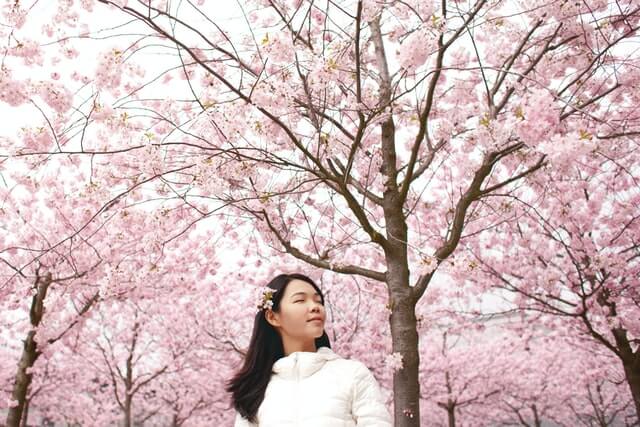
Although cherry trees (Prunus Serrulata) are believed to have originated from the Himalayas, a majority of them are native to Japan. Some of their varieties are known to thrive in other countries like South Korea, China, the United States, and even West Siberia.
Also known in Japan as the sakura tree, the cherry blossom is an ornamental tree considered to be one of the most popular varieties of cherry trees. It produces beautiful pink or white flowers in the spring and is typically grown in parks and public gardens.
There are also some cultivars such as the dwarf weeping cherry trees that have been developed specifically for residential gardens. Unlike large cherry blossom trees that can grow as high as 40 feet, dwarf cherry blossoms can only grow up to 10 feet.
The appearance of cherry blossom flowers varies according to the cultivar. Some varieties have petals that look round or oval, while others are ruffled and gathered in huge clusters. Most cultivars can last for two to three weeks, but they tend to last longer in warmer climates.
Every year, during spring, nearly 2 million people visit Ueno Park in Japan which is one of the most famous parks in the country and home to over 1,000 cherry trees. The Japanese hold cherry blossom festivals, known as hanami, to welcome spring and celebrate the beauty of nature.
Cherry Blossom Symbolism
The symbolism and meaning behind cherry blossoms differ from country to country. For instance, the Chinese, Japanese, and Koreans all have distinct beliefs about the cherry blossom tree. Here’s a closer look at the differences and similarities between their interpretations.
1. Cherry Blossoms in Japan
In Japan, cherry blossoms hold a highly prominent place and remain the country’s unofficial national flower. Due to their short lifespans, these flowers serve as reminders of the transient nature of life.
This strongly relates to Buddhist ideals that refer to the transience and fragility of human life, emphasizing the importance of being mindful and living in the present. Flowers are also regarded as a symbol of birth as well as the embodiment of mortality and beauty.
Every year, the Japanese cultural festival known as the Hanami Festival, meaning ‘flower viewing’, is held throughout the country to celebrate beauty of the cherry blossoms. Originating in the Nara Period (710 to 794 AD), this festival symbolizes the long-awaited arrival of spring and the appreciation of nature’s beauty. During Hanami, people gather under the cherry trees to sing songs while enjoying food, drink, and companionship.
The cultural significance of cherry blossoms can be seen in the ancient belief that deities once lived in cherry trees. Farmers traditionally prayed to sakura trees, in hopes that the gods would bless their harvest.
2. Cherry Blossoms in China
While in Japan cherry blossoms symbolize the fragile nature of life, their flowers hold a different meaning in China. Linked to feminine sexuality and the beauty of women, cherry blossoms were considered a symbol of dominance, often associated with women’s ability to dominate using their looks.
The beginnings of cherry blossoms in China go as far back as the second Sino-Japanese War between 1937-1945. It all began when a group of Japanese troops planted cherry trees at Wuhan University in China. When the war between the two countries ended, the Chinese decided to keep the trees despite their strained relationship with Japan.
The relations between the two gradually improved, and as a result, Japan donated roughly 800 cherry blossom trees to China as a sign of their friendship.
3. Cherry Blossoms in South Korea
In South Korea, the first cherry blossom tree was brought over during Japanese rule. It was first planted in Seoul’s Changgyeonggung Palace, and the Japanese tradition of viewing cherry blossoms was introduced alongside it.
At the end of World War II, the Japanese surrendered to Korea. Large numbers of cherry trees were cut down in celebration of the 50th anniversary of their surrender. While this has made cherry blossom festivals in Korea quite controversial, people continue to plant trees and hold festivals for locals and tourists alike.
South Koreans consider cherry blossoms a symbol of beauty and purity. In Korean pop culture, these beautiful blooms have also been associated with true love. In fact, according to the female lead character in a popular Korean drama entitled Goblin, ‘Your first love will come true when you catch falling cherry blossoms’.
Several Korean TV shows also play with this symbolism, shooting unforgettable scenes in streets lined with stunning sakura trees.
General Symbolism of Cherry Blossoms
Love, purity, dominance, and the fleeting nature of life – are just some of the meanings that different cultures have associated with the ephemeral beauty of cherry blossoms.
Aside from these interpretations, these flowers are also seen as symbols of rebirth and renewal as they signal the start of spring. They put an end to the bleak winter months, captivating people with their striking bright pink petals.
Additionally, these delicate flowers also represent new beginnings. This analogy is apt, considering that the fiscal and school year in Japan both start in April, the season of sakura trees.
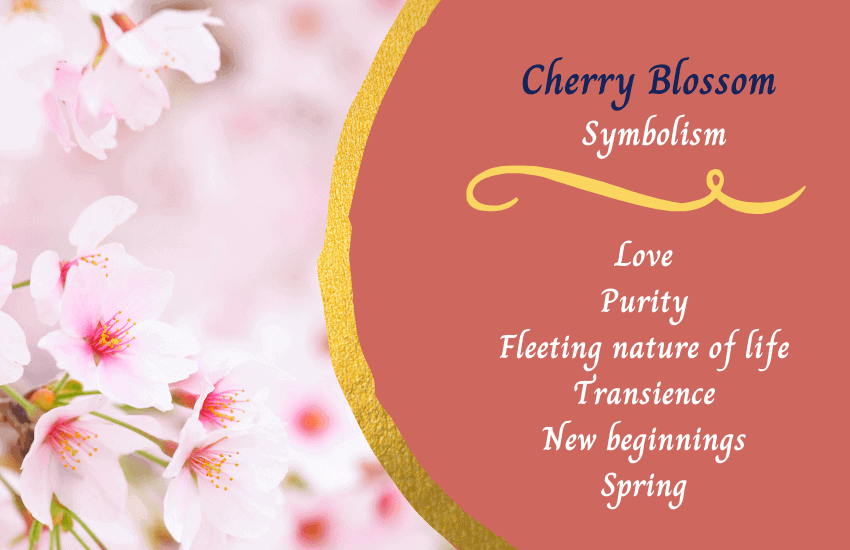
Best Places to See Cherry Blossoms
If you’re on the lookout for the best places to see cherry blossoms in bloom, these top three destinations are worth visiting:
1. Kyoto, Japan
Between March and April, the historic city of Kyoto turns into a captivating pink paradise, with hundreds of fragrant sakura trees flaunting their millions of cherry blossoms. Like Ueno Park, the city of Kyoto attracts over 2 million visitors each year.
The Philosopher’s Path, a quaint stone path situated north of Kyoto in Higashiyama district, is one of the most beautiful places to visit in Japan. It’s said to have been named after Japanese philosopher Nishida Kitaro, who would meditate as he walked the path daily to Kyoto University.
The walk is lined by hundreds of cherry trees on either side which during the spring resembles a stunning pink cherry tunnel.
2. Nami Island, Korea
A famous attraction in Chuncheon, Gyeonggi, Nami Island not only boasts a theme park, skating ring, and shooting range, but also pathways covered in cherry blossoms. Its beauty makes it a highly popular countryside destination that’s much loved and visited by K-drama fans as well as nature enthusiasts.
3. Paris, France
The French capital is one of the most magical cities to visit during cherry blossom season which usually begins in mid-March to early April. Cherry trees are abundant in the city of love and when spring is in the air, thousands of tiny pink buds can be seen covering the trees. Clouds of pink petals can also be seen from the majestic Eiffel Tower, making it a perfect spot for an impromptu photo-shoot.
Wrapping Up
Announcing the arrival of spring, cherry blossoms are known to invoke an inexplicable sense of calm and peace. They continue to remind us that life, like their fleeting beauty, is also fleeting and to live each and every minute to the fullest.





